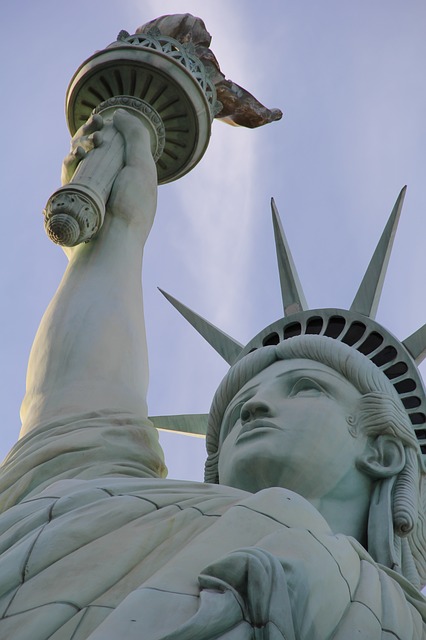Utility Patent: This is a broad machine or process patent grant often considered when seeking invention protection; a utility patent is the workhorse of intellectual property protection. They protect the structure and functionality of a product—how the product is made, how it works, and how it is used. Utility patents are valid for 20 years from the date of the filing.
Design Patent: This protects ornamental features. A design patent is valid for 14 years from the date of patent grant, except for applications filed on or after May 13, 2015 (see Hague Agreement Concerning the International Registration of Industrial Designs as to the United States) which will carry a term of 15 years from the date of patent grant.1
Plant Patent: US patent laws authorize plant patents for the protection of new and distinct varieties of asexually reproducing plants. Like utility patents, plant patents are valid for 20 years from the date of filing. Plant patents afford their owners the same exclusive rights as any other patent, but a critical element to note is that the plant must be asexual, meaning that the plants must make exact copies of themselves when they reproduce.
Provisional Patent Application: In addition to the regular patent application procedure, it is possible to file what is called a provisional patent application. A provisional patent application can be thought of as a placeholder application. A provisional application is not required to have a formal patent claim or an oath or declaration. Provisional applications also should not include any information disclosure (prior art) statement since provisional applications are not examined. A provisional application provides the means to establish an early effective filing date in a later filed nonprovisional patent application. A provisional application for patent has a pendency lasting 12 months from the date the provisional application is filed, which cannot be extended.


The United States became of member of the Patent Cooperation Treaty in January 1978 and is a signatory of numerous treaties and conventions including, but not limited to the following:
For information regarding how to file international, regional or national patent applications in each country, we welcome you to contact us.
_____________________________